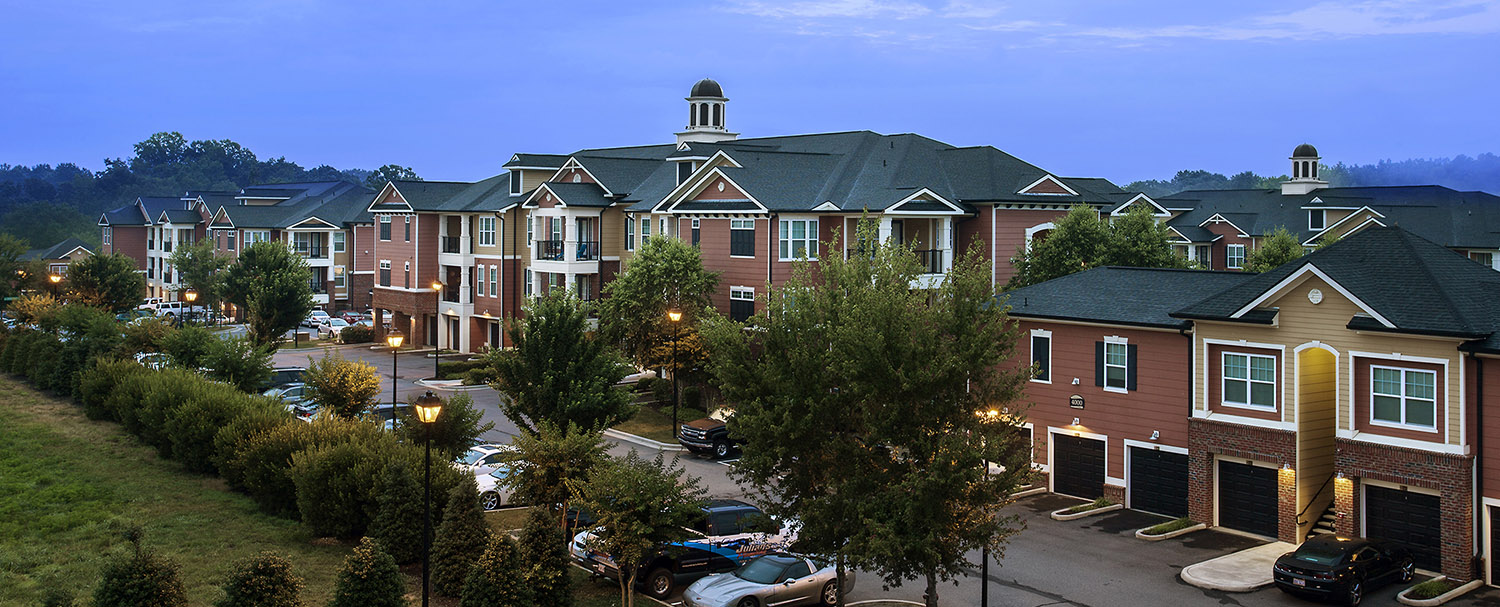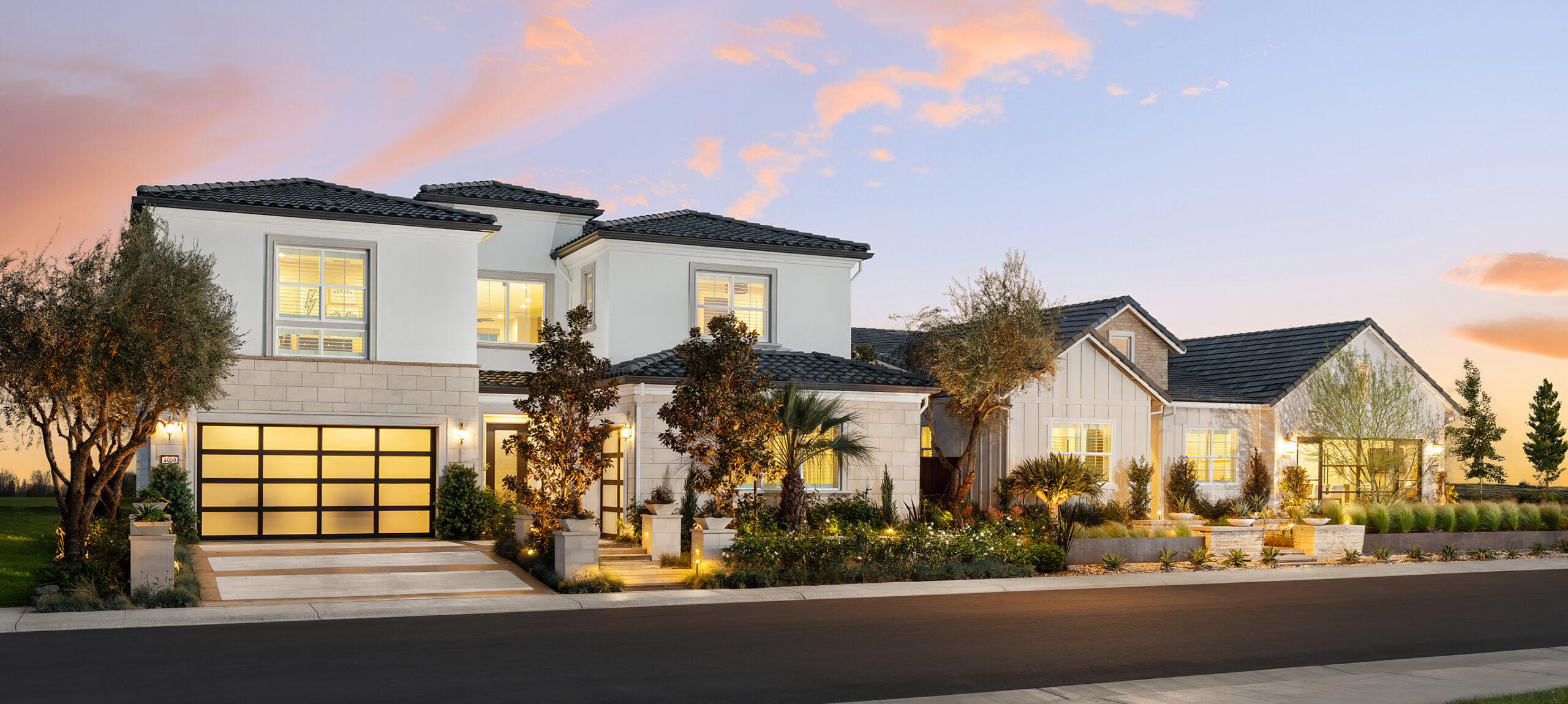Stereotypes often breed misinformation, which is especially true when it comes to HUD financing. Throughout my career, I’ve learned that some developers are hesitant to consider HUD projects because they think the program is only for income-restricted multifamily or state-credit senior housing. But the truth is, HUD financing can be used for a wide range of product types, including market-rate luxury apartments. So many developers stand to benefit if they’re willing to put aside their preconceptions of HUD and take advantage of this amazing program.
A Bit of Background
The Department of Housing and Urban Development (HUD) is a U.S. government agency started in 1965 to support the housing market and homeownership. As a result of its focus on housing affordability and some initial lending requirements that mandated 100% affordable units, the aforementioned stereotype was formed. However, continued revisions to the HUD program have led to a much more developer-friendly model today, offering a range of flexibility that can accommodate almost any pro forma.
 Still, some builders and developers share a common misconception that HUD is the same as Low Income Housing Tax Credits (LIHTC). While sometimes used in tandem, the two programs offer separate and unique benefits. Tax credits are beneficial after a project ends, but HUD provides pre-approval and pre-construction capital to help you get projects off the ground and keep them moving toward completion. During the coronavirus crisis, leveraging HUD capital can be a major win for developers.
Still, some builders and developers share a common misconception that HUD is the same as Low Income Housing Tax Credits (LIHTC). While sometimes used in tandem, the two programs offer separate and unique benefits. Tax credits are beneficial after a project ends, but HUD provides pre-approval and pre-construction capital to help you get projects off the ground and keep them moving toward completion. During the coronavirus crisis, leveraging HUD capital can be a major win for developers.
HUD offers a variety of financial mechanisms and funding options to for-profit developers. Our clients often work with HUD for apartment project funding through sections 221(d)(3) and 221(d)(4), multifamily purchase or refinance mortgages via sections 207 or 223(f), or bridge-to-HUD loans. Full details about these options and more can be found online via a number of sources or directly from HUD at their website.
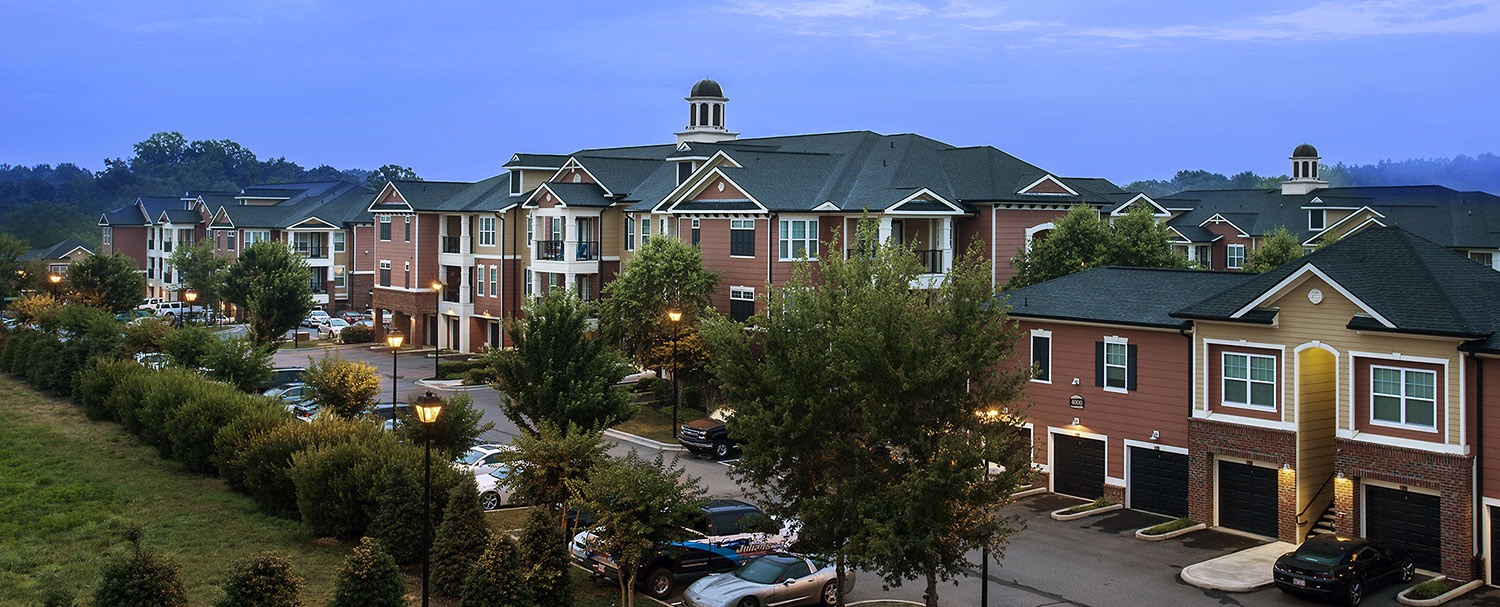
HUD 221 d4 Market Rate community Integra Springs at Kellswater
Myriad Benefits of HUD
With many private equity firms in real estate partnerships re-evaluating their assets, it can be more difficult to fund projects right now. On top of that, other lending institutions are changing their requirements for conventional loans. Projects that may have qualified under certain terms prior to our current situation may no longer qualify. But with HUD financing, projects continue to move forward even in these uncertain times because of a few key factors.
HUD requirements focus heavily on the operational side of projects to ensure they successfully generate revenue and operate efficiently, regardless of product type (including market rate and luxury). When pursuing a HUD loan, you can obtain a 40-year, non-recourse, fixed rate, assumable mortgage, meaning there’s no personal collateral at risk. Another major benefit is that the property is mortgaged, not the developer – so if the project was meant for a flip, you can sell the building and the new owner will assume the remainder of the loan at the rate you originally locked in.
As an added advantage, green credits can also reduce the HUD mortgage insurance rate up to 50 basis points. The requirements for earning these credits are quite attainable, so it makes great sense to include green credits as part of your pro forma.
Architect’s Role
In typical project work, architects are hired for design work, tasked with concept development, construction documents and construction administration. In HUD, this role is called “prime architect” and requires heavy involvement from design through administration services. The prime architect coordinates all design professionals associated with the project, even if the owner hires their own engineer, interiors, etc. The prime architect is the HUD liaison, so their role is much more involved than design work alone.
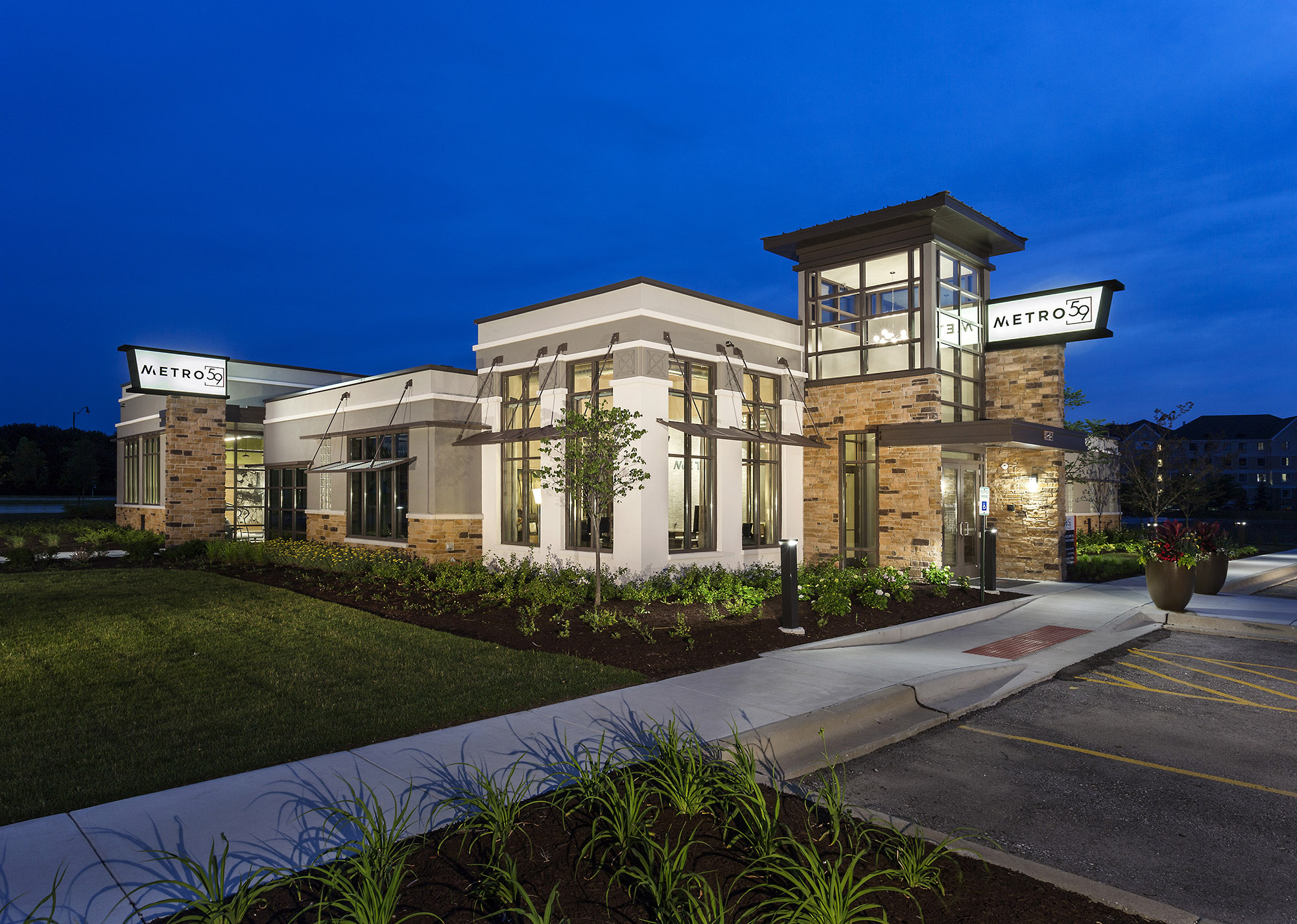
An example of a market rate BSB clubhouse design
Unique to HUD is a second, separate architectural role. Architects are responsible for the additional task of coordinating the monthly HUD paperwork to ensure all requirements are satisfied. This role of “supervisory architect” can be filled by the prime architect or by a separate architect with specific HUD experience. Often, hiring a separate architectural firm to coordinate and sign off on paperwork adds a valuable layer of oversight to ensure the project requirements are met.
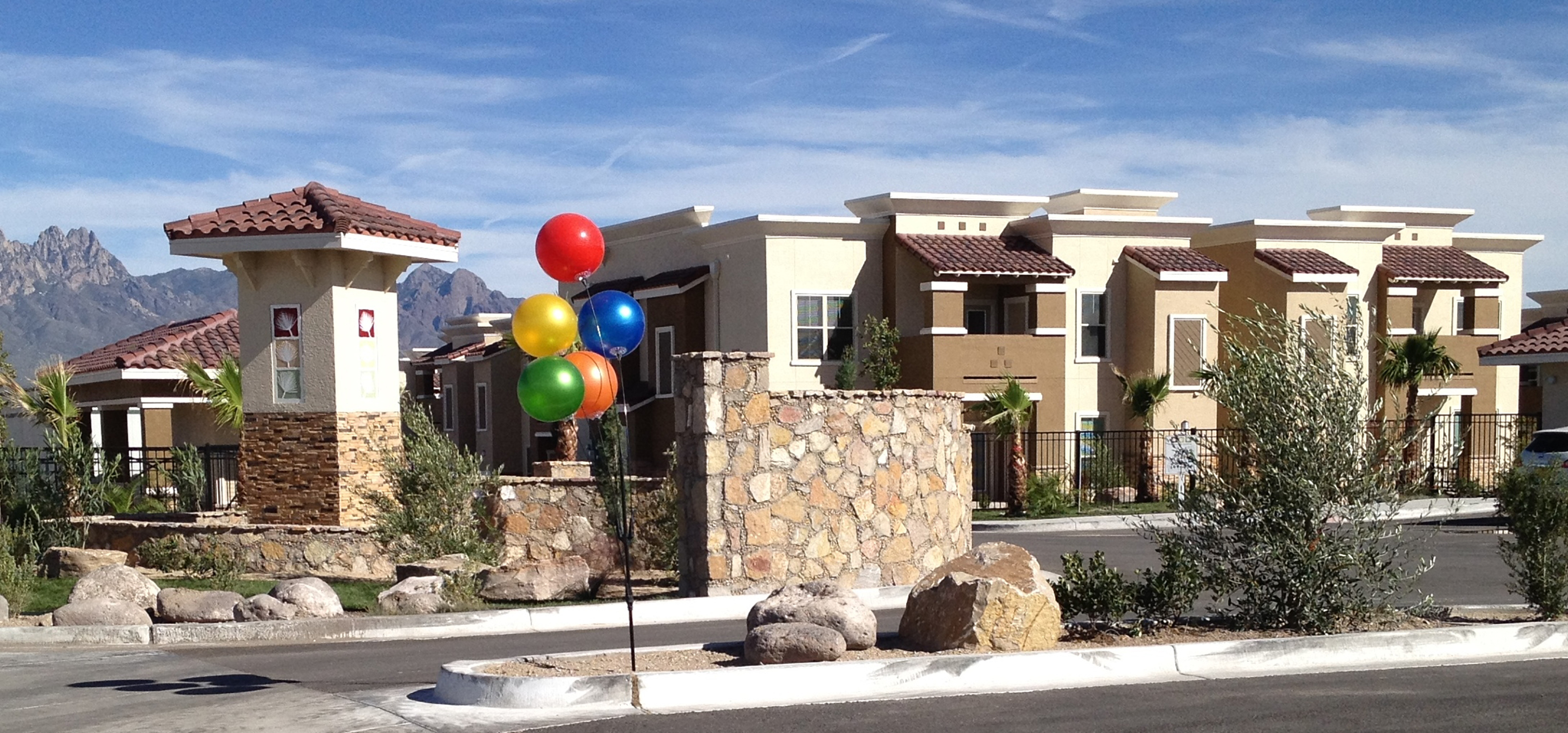
HUD Market Rate community Sonoma Palms
At BSB Design, we’ve been trusted as the prime architect for countless HUD projects for decades. That experience gives us confidence in recommending HUD financing to our builder and developer clients. When the development community fully embraces the opportunity that HUD provides, projects will have the financial backing they need to move forward even in these uncertain times. Now more than ever, housing is a critical factor for future economic recovery, and HUD can mean the difference between shelving a project or advancing with confidence.
Questions about HUD? Contact Teresa Bateman to start the conversation.
This article was originally posted on LinkedIn, read it here.
